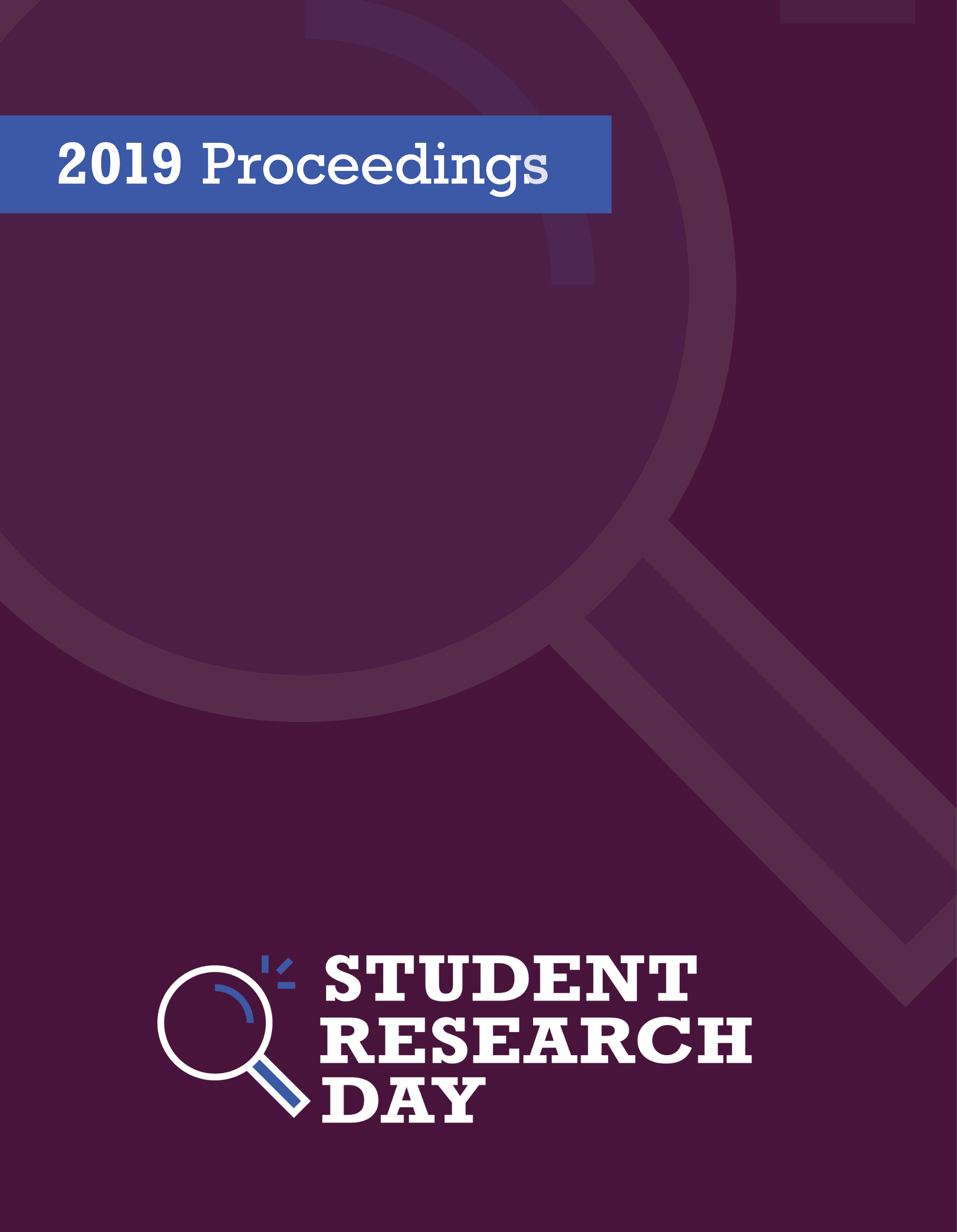Intrusion, Immersive or Irregular
Clasifying the Fantasy of Jonathan Strange and Mr. Norrell with the Intertextual Influence of Sir Orfeo
Abstract
Often when we think of fantasy we think of far off places or some magical world completely removed from our own. We think of C.S. Lewis’s Narnia or J.R.R. Tolkien’s Middle Earth. Even J. K. Rowling’s wizards and witches are distinctly divided from and inaccessible to non-magical people. But what happens when this Other Place comes into contact with our world? Susanna Clarke explores this type of contact in her novel Jonathan Strange and Mr. Norrell. Relating the adventures of two magicians in early nineteenth century England, the novel describes what happens when the magic of the Faerie realm interacts with our world or, more specifically, with England. The ultimate effect is one where each place does not exist independently of one another but rather are ontologically connected. Unpacking the particulars of this existential coexistence and identifying the exact nature of Clarke’s fantasy is no easy task. For this it is helpful to turn to Farrah Mendelsohn’s Rhetorics of Fantasy, a book dedicated to the classification of five different types that a fantasy work might fall into: Portal-Quest, Immersive, Intrusion, Liminal and Irregular. Despite the thorough detail that Mendelsohn achieves in outlining and explaining each category, Clarke’s novel remains exceedingly difficult to place. In addition to Mendelsohn’s book then, we must also turn to the outside influence of other primary texts, like the Middle English poem Sir Orfeo, to classify the intricate fantasy that is Jonathan Strange and Mr. Norrell.
Faculty Mentor: Mike Perschon and Pam Farvolden
Department: English (Honours)
Published
Issue
Section
License
Authors retain any and all existing copyright to works contributed to these proceedings.



